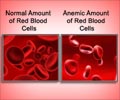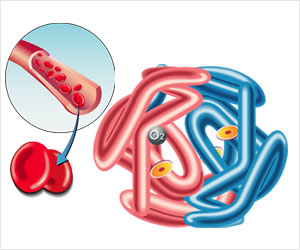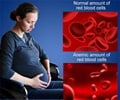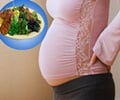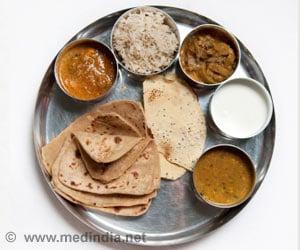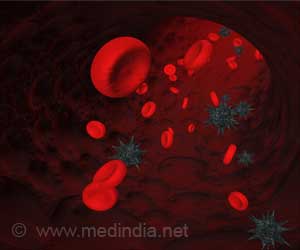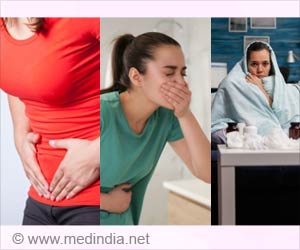One out of two young girls and one out of three young boys in India are anemic. Anemia is a serious health problem not only in rural but also in urban areas.

the importance of the Government’s Weekly Iron and Folic Acid Supplementation (WIFS) program for adolescents was highlighted in the film which was launched in 2012 to reduce severity and prevalence of nutritional anemia in adolescents between 15 and 19 years. Along with Chopra several medical personnel also spoke about the problem of anemia.
According to the National Family Health Survey (NFHS) 3 data, as many as 56% girls and 30% boys in this age group in India are anemic. This group comprises one-fourth of India’s population and is a key driver of its future economic growth.
Sushma Dureja, Deputy Commissioner, Adolescent Health said, “The target for WIFS program are adolescent girls and boys in government, government aided and municipal schools, between classes 6 and 12 along with out of school adolescent girls . The aim is to improve the iron stores in the adolescent population thereby addressing the problem of anemia caused by nutritional deficiency.”
The WIFS program uses a proven and highly effective solution of providing (free of cost) weekly supplementation of deworming tablets, along with screening and counseling services. The WIFS program also covers out-of-school adolescent girls through Anganwadi centers.
Adolescence is the second highest growth spurt period, after the first year of life, research shows. Adolescents, if given the right nutrition, gain up to 50% of their adult weight, more than 20% of their adult height, and 50% of their adult bone mass during this period.
Advertisement

